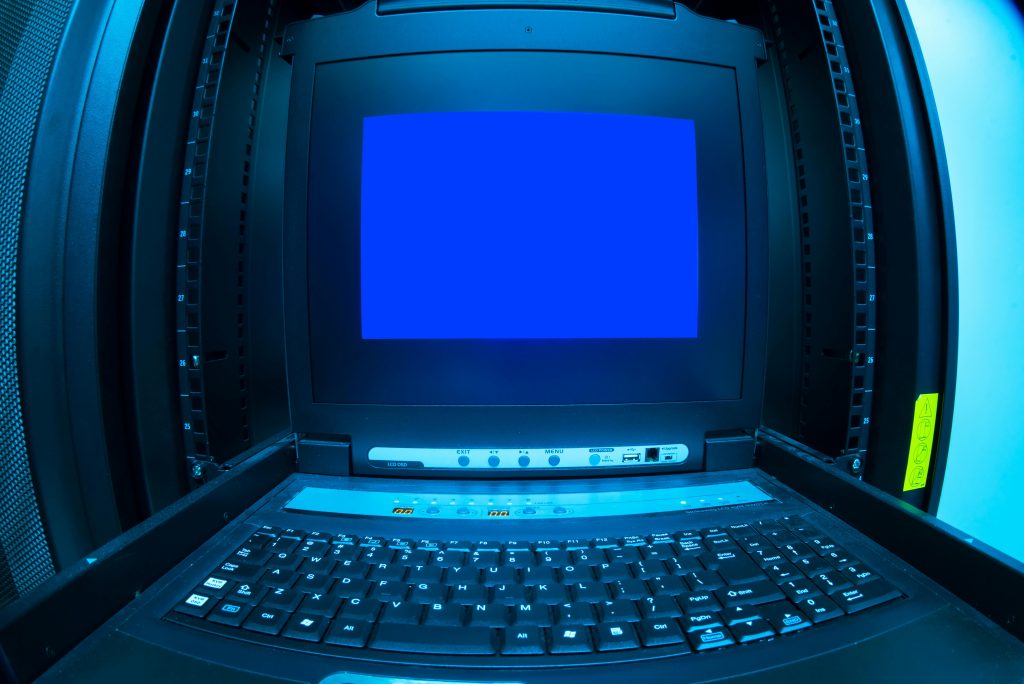Potential Virus Affecting Your Windows 10 Laptop? Here’s How to Tackle It
If you’re experiencing unusual performance issues with your Windows 10 laptop, you might be dealing with a hidden virus. Recently, I’ve noticed that my laptop has been running significantly hotter than normal and I’ve been losing disk space at an alarming rate—around 2 GB daily. To make matters worse, my device has become noticeably sluggish, despite not having downloaded or installed any new software that might warrant these symptoms.
In my quest for answers, I’ve conducted multiple full-system scans using both Malwarebytes and Windows Defender. Unfortunately, neither detected any threats. I even attempted to run a scan in Safe Mode, only to find that Windows Defender refused to launch under those conditions.
So, what should I do next? If you find yourself in a similar situation, here are some steps you can take to resolve the issue:
-
Update Your Security Software: Ensure you are running the latest version of your antivirus software, as updates often include the latest virus definitions.
-
Use Alternative Scanners: Sometimes, relying on a single antivirus program isn’t enough. Consider using additional malware scanners like HitmanPro, ESET Online Scanner, or AVG AntiVirus Free to perform a deeper scan.
-
Boot into Safe Mode with Networking: This mode often allows security software to run more effectively. Restart your laptop and access the boot menu (usually by pressing F8 during startup). Select “Safe Mode with Networking” and then run your antivirus scans again.
-
Check for Unwanted Programs: Navigate to the ‘Control Panel’ and review your installed programs for any that you don’t recognize or remember installing. Uninstall anything suspicious.
-
Analyze Startup Programs: Use the Task Manager or a tool like Autoruns to check what programs are starting with your laptop. Disable anything that looks unfamiliar or unnecessary.
-
Monitor Background Activity: Open the Task Manager and check the Performance tab for any unusual CPU or disk usage. This might help identify rogue processes that are consuming resources.
-
Consult Online Communities: If you’re still having trouble, don’t hesitate to seek advice on forums dedicated to tech support. You can often find others who have faced similar issues and resolved them successfully.
-
Backup Your Files: As a precaution, it’s wise to back up your important data before taking further actions, especially if you contemplate a factory reset or reinstalling your operating system.
Addressing
Share this content:



